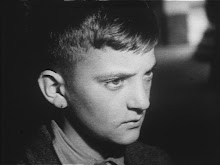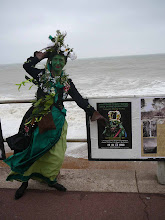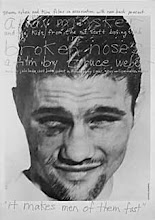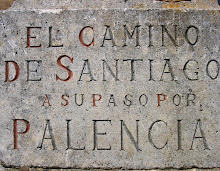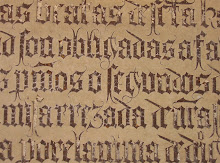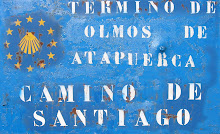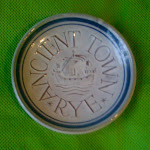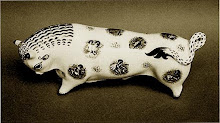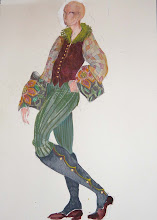
Andy Warhol's poster for Rainer Werner Fassbinder's 1982 film adaptation of Genet's 'Querelle of Brest' uses an original photograph culled from a 1977 series of screenprints entitled Sex Parts, and remains one of his most potent and memorable images. Now highly desirable by collectors, the original poster was issued in a number of colours (pictured is the grey version), and despite Warhol's interpretation bearing no direct reference to the film itself, somehow retrospectively at least, succeeds in being thoroughly synonymous with Fassbinder's vision of Genet's 1946 novel. The film was Fassbinder's last, and European distributors in particular, released a plethora of promotional material, from giant 7-sheet billboard images to artfully-airbrushed portraits of Brad Davies, who played Genet's eponymous murdering sailor-hero. Warhol's photographic image of two boys is overdrawn in his customary style with off-register lines and blocks of colour, and possibly recalls the characters of Querelle's brother Robert, and Gil, his fellow matelot and murderer. Frank Episale, in his riveting review 'Genet meets Fassbinder' in Bright Lights Film Journal, states that 'Genet's Querelle bought Melville's Billy Budd out of the closet and exposed the coded homoeroticism of the all-male naval vessel inhabited by men and boys in tight white pants to a wider, largely heterosexual audience'. Fassbinder's film pays visual homage to James Bidgood's 1971 American underground arthouse classic Pink Narcissus, in which a handsome male hustler fantasizes about a kitsch universe where he is the central character in a number of set-piece encounters. By extension, the gay French photographic duo Pierre and Gilles owe a debt to Bidgood's fantasy-world by placing their protagonists in a number of highly-wrought and glitteringly-enchanted settings where there is more than a nod to Genet's muscular matelots in all their campy eroticism. Fassbinder's set for Querelle is highly stylized and uses overly-wrought lighting techniques reminiscent of those which he employed in Lola a year earlier. Frames are shot within frames, and the misty murk of Brest is re-imagined with phallic towers and dark culverts where lurk and lean the denizens of Genet's twilight world. Episale concludes his review by reminding us that by the time the film was released, 'Susan Sontag had already published Notes on Camp, Stonewall had come and gone', and that '[The Village People's] YMCA had been appropriated by wedding DJ's'.





















